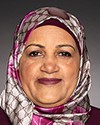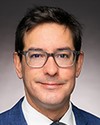What tools do the provinces have for making these designated learning institutions more accountable? Has Ontario used them?
Evidence of meeting #3 for Citizenship and Immigration in the 45th Parliament, 1st session. (The original version is on Parliament’s site, as are the minutes.) The winning word was students.
A video is available from Parliament.




